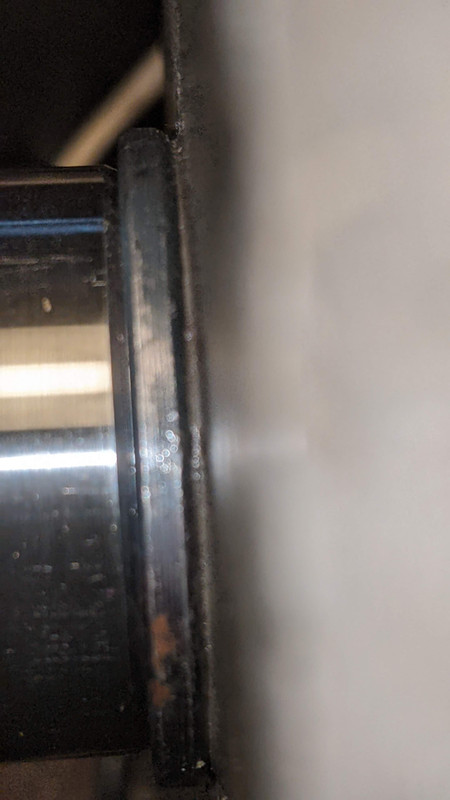- Joined
- Jul 1, 2020
- Messages
- 20
Hi guys. I'm rebuilding a 72 Combat motor. The bearings have already been done before and upgraded to the superblends. I haven't changed the bearings. I never tested the end float before I dismantled the engine. I've now gone to put the cases together and have found there is no sideways movement at all in the crank so the end float is effectively zero.
The bearings are not C3.
Everything rotates fine - crank and cam. Main bearings are seated in the cases fine. It feels like it's the bearings which are preventing any movement/end float as I noticed when I put the crank into the drive side only there was no play so possibly bearing tolerances too tight?
Would it be ok like this or does there have to be some float with these bearings?
Cheers
The bearings are not C3.
Everything rotates fine - crank and cam. Main bearings are seated in the cases fine. It feels like it's the bearings which are preventing any movement/end float as I noticed when I put the crank into the drive side only there was no play so possibly bearing tolerances too tight?
Would it be ok like this or does there have to be some float with these bearings?
Cheers

